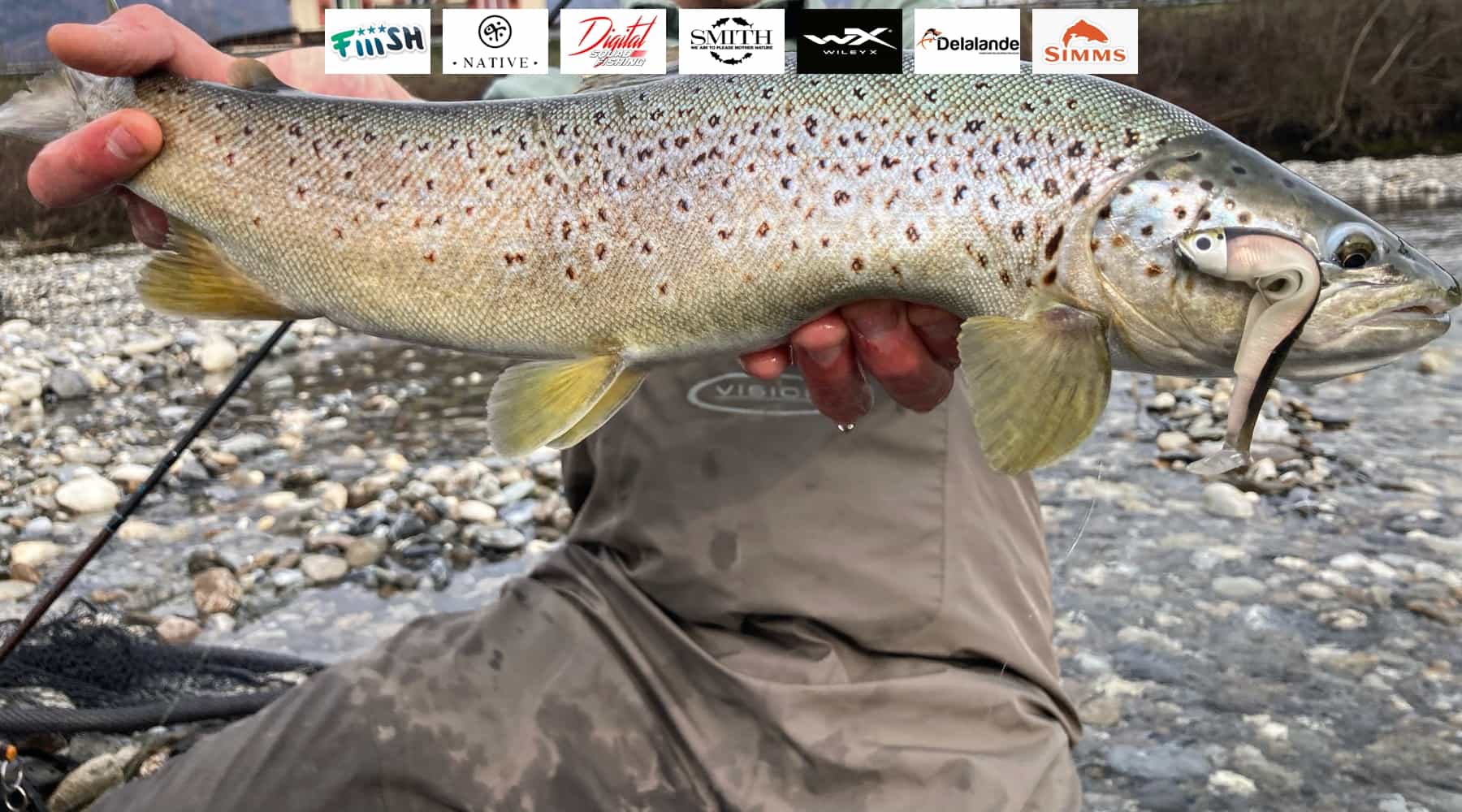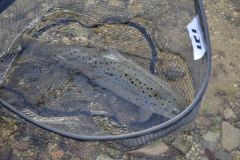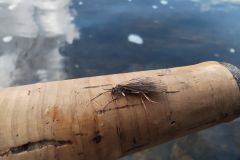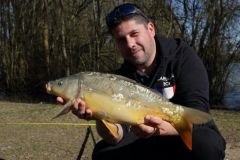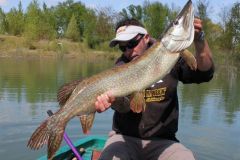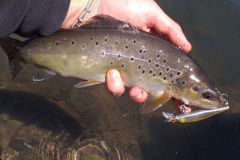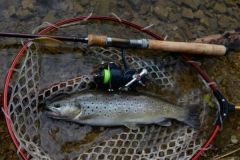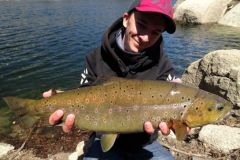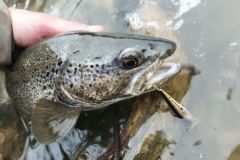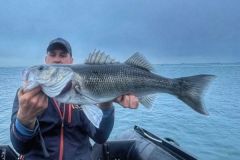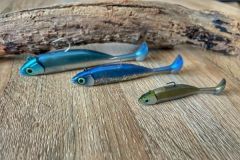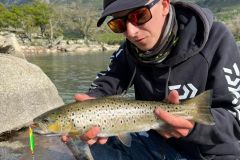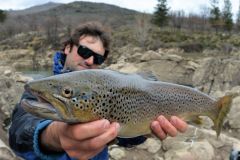The course of an opening weekend
When the closed season, which lasts more than 6 months, ends, most fish are no longer used to fishermen and lures. Generally speaking, the first fisherman to pass by a course has a great chance of making the least wary fish move or even bite. After him, it happens that dozens of fishermen pass by the same place, all equipped with "classic" lures.
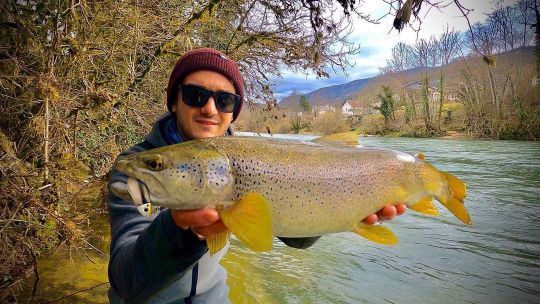
The trout, hidden in its current, will see dozens of different jerkbaits and spoons pass by. Although the colors and models are not all the same, the vibrations and profile of the lure is always similar. To succeed in triggering the attack of a trout that knows the entire range of jerkbaits sold in France, it is necessary to know how to drastically differentiate by using less common lures.
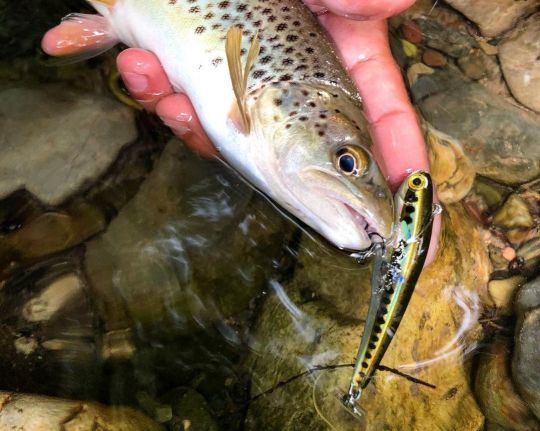
Big difference, big results
To make a fish bite after seeing dozens of lures fly over its head, you have to choose wisely how to attack it. The trout is a very territorial fish that does not hesitate to attack a lure simply because its presence disturbs it. The lure that makes the difference, because it works differently from all the classic hard lures, is the PowerTail.
It is a lure that has the particularity of having a kind of bib in the tail that creates a force of opposition to the water when you make it swim. This resistance causes the lure to move out of alignment and vibrate in a unique way. This lure frequently triggers fish that don't respond to a hard lure or spoon.
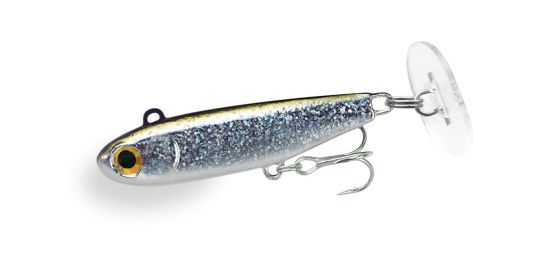
Another advantage is that the PowerTail is a lure that can be cast a very long distance thanks to its high weight. The resistance of its tail flap makes it possible to strongly reduce the speed of descent, while preserving a lure which can be thrown very far. In the most effective size for trout, 4.5 cm, there are three different weights to suit your spots, 8, 12 and 18 grams.
Take risks, in a reasonable way
Although our differentiation approach is very effective, it is not always foolproof. Some fish, especially the larger, more wary ones, are not so easily lured. We've all tried to get our lure as close to the bottom or a rock as possible to present it in a way that fish aren't used to.
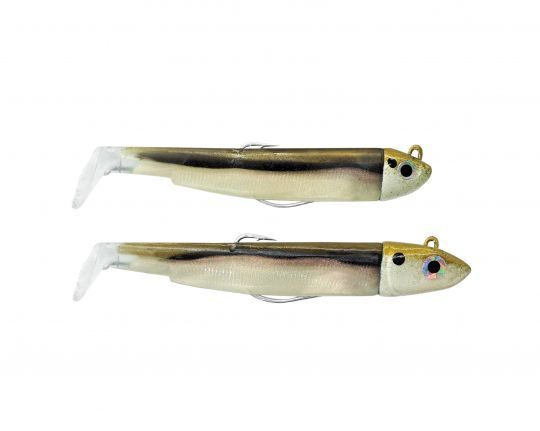
However, a lot of lures have remained among the rocks, sadly hooked. To limit this kind of disappointment, soft Texan lures are an asset to have up your sleeve and Black Minnow are perfect for the purpose.
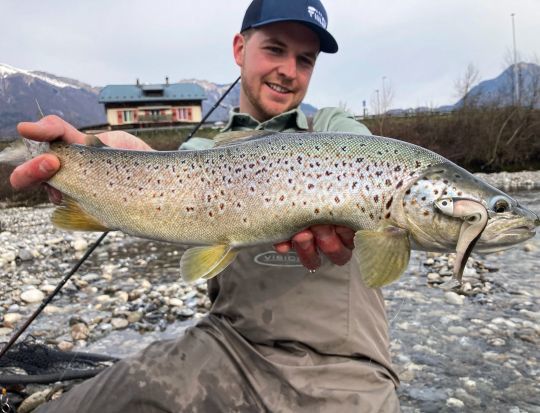
Scratching the bottom with a soft lure can trigger attacks from usually wary fish, which are not used to seeing a lure go by in this way. The Texan allows us to do this because the hook is not exposed and there is no risk of it getting stuck in a root, a submerged branch or between two rocks.
This technique is particularly effective during the opening period when trout are used to seeing lures passing over their heads, not at their level.
